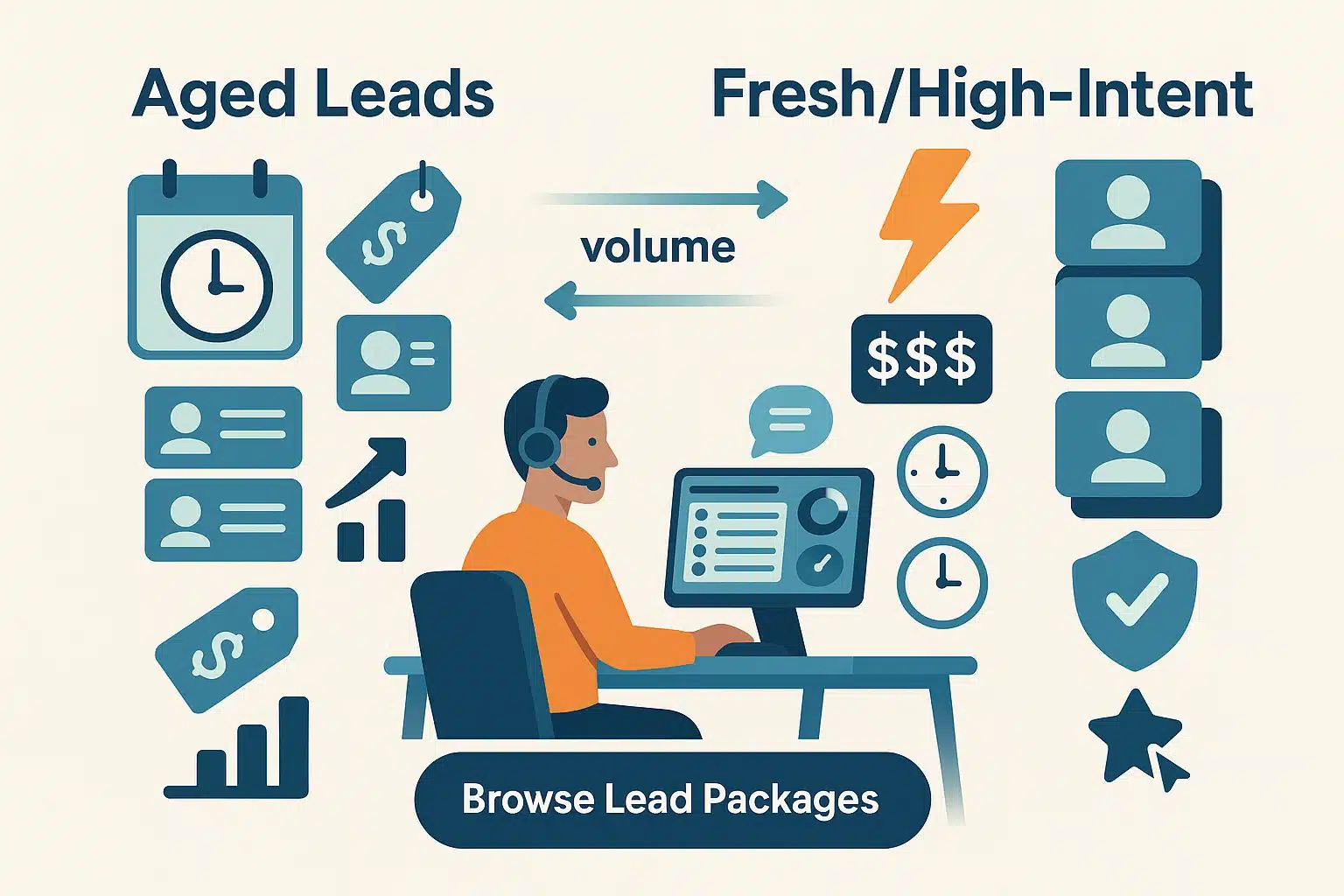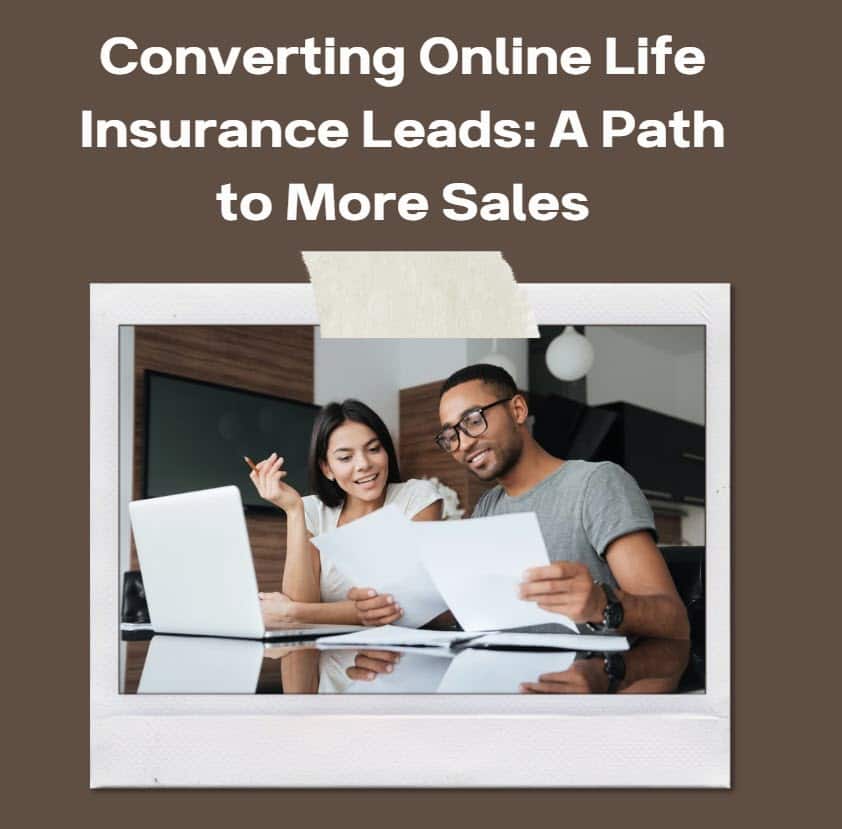
How to Create an Insurance Marketing Plan in 2023
Here’s a reality check about building an insurance marketing plan:
A lot of folks in the insurance industry believe that “good service” is enough.
The common thought is, “if I provide top-notch services, clients will naturally come to me”.
If only it were that simple…
To truly excel at creating a successful insurance marketing plan, you need to be incredibly strategic with how you develop and promote your brand.
Otherwise, you’re adopting the “throw everything at the wall and see what sticks” approach to insurance marketing: testing random strategies without any clear direction or goal in mind.
Luckily for you, we’re here today to share a method that practically gives you all of the info you need!
The Power of Content Marketing in Insurance
Content marketing is a potent tool for insurance agents and brokers. It’s not just about producing content; it involves crafting valuable, relevant, consistent material that resonates with potential clients.
In the realm of insurance where trust is paramount in customer acquisition and retention, content marketing can significantly enhance brand recognition. This strategy enables you to position yourself as an industry expert by offering informative articles or blog posts on various aspects such as life insurance, health insurance, or home coverage.
The Role of a Website in Content Marketing
A well-designed website serves more than just being your digital storefront – it forms the bedrock for all your content creation efforts. Such platforms should be user-friendly and visually engaging to keep visitors hooked while boosting credibility through professional design and SEO optimization.
Your website also provides opportunities for enhanced customer engagement via interactive features like chatbots or forums. These allow consumers to ask questions regarding different types of insurances which are then addressed directly through effective use of content marketing materials.
Building a Strong Brand in Insurance
To stand out from local competitors within the saturated market space that defines today’s world around us requires having strong branding at the core of everything we do. Your brand goes beyond logos and encompasses every single thing that represents who the insurer is, including business cards and other visual elements associated with the company.
A memorable brand creates resonance with target customers, making them more likely to purchase their policies rather than others offering similar services at comparable rates.
Distinguishing Elements: The Keys To An Effective Brand
Your unique selling proposition (USP), logo design, voice, and visual identity form part of building up this image and perception amongst existing clients and prospects alike.
The USP helps distinguish what sets you apart from other agent offerings, thereby helping make decisions easier when choosing between the options available in today’s highly competitive marketplace environment.
Building a Successful Insurance Marketing Plan for Growth
Unlock the power of an effective insurance marketing plan. Learn to build a strong brand, budget wisely, and scale for growth in the industry.
Building a Robust Brand in the Insurance Sector
In the insurance industry, it’s not just about having an attractive logo or catchy slogan. It involves creating a comprehensive brand identity that resonates with your target audience and sets you apart from other insurance companies.
Your brand should be reflective of your company’s mission, values, and unique selling proposition (USP). When executed correctly, this can significantly boost credibility among potential customers while nurturing loyalty amongst existing clients.
Pivotal Components of an Effective Brand
A potent brand comprises several crucial elements: USP, logo design, brand voice, and visual identity. Each component plays its part in shaping how consumers perceive your business.
The first step towards constructing a compelling brand is defining your Unique Selling Proposition (USP). Your USP communicates what makes you different from other insurance agencies. Be it exceptional customer service or specialized policies for niche markets – this differentiation forms the backbone of all marketing materials and messaging strategies. Business.com offers valuable insights into crafting effective USPs which align perfectly with our discussion here.
Moving onto logo design – this visual element serves as the face of your company. A well-crafted logo helps increase recognition among potential customers while reflecting professionalism. Neil Patel’s blog post on Logo Design Tips provides excellent advice on designing logos that are memorable yet simple enough to enhance visibility within competitive landscapes like ours.
Next up we have ‘brand voice’. This refers to how businesses communicate through written content such as website copy or social media posts. Consistency across platforms is key; inconsistency might confuse prospective clients about who exactly they’re dealing with. It emphasizes maintaining alignment between communication style, core values, and maximum impact.
Lastly, let’s talk about ‘visual identity’. Beyond mere logos alone, it encompasses
Establish Your Insurance Marketing Budget
Your first move is to create a budget that takes your insurance marketing strategy to the next level.
This involves:
Allocating Resources Efficiently
A well-planned budget helps you allocate resources efficiently, track performance accurately, and make informed decisions about scaling up or refining your strategies. This includes everything from traditional advertising to digital marketing efforts such as SEO optimization, email campaigns, and social media ads.
Balancing Lead Generation and Asset Development
The art of attracting potential customers quickly
Making Use of Pay-Per-Click (PPC) Advertising on Search Engines or Social Media Platforms
Purchasing aged leads from reputable providers like Badass Insurance Leads can help generate immediate sales. The cost varies depending on competition in your target market area and specific channels used for promotion.
Investing in Targeted Email Marketing Campaigns:
In my case, I recommend monitoring these expenses closely as part of managing customer acquisition costs effectively.
Uncovering Effective Tactics in Your Insurance Marketing Strategy
The key to a successful insurance marketing strategy lies within the tactics you employ. However, not all approaches may be equally successful for each organization.
Digital marketing has emerged as an essential tool for promoting insurance products and services. The ability to connect with potential customers online, where they spend most of their time, is invaluable. Yet, there exist various methods under digital marketing, each carrying its own set of pros and cons.
Social Media Advertising: A Double-Edged Sword?
Social media advertising can be instrumental in boosting brand awareness among your target audience while generating leads at the same time. Platforms such as Facebook offer advanced targeting options, enabling businesses to reach users based on demographics, interests, etc., making it highly customizable.
However, this sword cuts both ways – poorly designed or targeted ads may lead to wasted ad budget without yielding desired results. Therefore, it is essential to be deliberate and meticulous in order to reap the greatest returns.
Email Campaigns: Old Is Gold?
In spite of rapid technological advancements, email campaigns continue to hold fort as one cost-effective means to engage existing clients and attract new ones, providing a direct line of communication between potential customers and allowing personalized messages that foster trust over time.
Success here depends on compelling content coupled with strong calls-to-action (CTAs). It is also important to consider the design of emails, ensuring they are mobile-friendly given the increasing trend of people checking email on mobile devices nowadays.
Making Sense of SEO Optimization
In today’s digitally driven world, information is at our fingertips via search engines like Google. Search Engine Optimization (SEO) plays a pivotal role in driving organic traffic towards websites and improving visibility on search engine result pages (SERPs).
This involves optimizing both on-page elements, such as keyword usage and meta descriptions, and off-page factors like backlinks from other reputable sites. While SEO is beneficial when done right, it requires continuous effort and monitoring due to the dynamic nature impacted by ever-changing algorithms employed by search engines.
Scaling Successful Strategies for Growth
The journey of growth in the insurance industry is a two-fold process. First, you need to pinpoint which marketing strategies are producing favorable outcomes, and then comes the task of amplifying these successful methods.
This expansion should be accomplished without sacrificing ROI or quality customer service. Let’s delve into how this can be achieved.
“Find Your Marketer” by SecureAgent Marketing
In their book ‘Find Your Marketer’, SecureAgent Marketing provides useful insights on finding marketers who possess not only general marketing knowledge but also an understanding specific to selling insurance products and services.
A marketer with such expertise will know how to use data analytics tools effectively, making informed decisions about where resources would yield maximum returns based on metrics like conversion rates, cost per acquisition (CPA), and customer lifetime value (CLV).
Leveraging Technology in Insurance Marketing
Alongside human proficiency, technology plays a crucial role when it comes to scaling your marketing efforts efficiently. CRM systems streamline lead management processes while automation tools save time spent on repetitive tasks – all contributing towards improved efficiency within operations at insurance agencies.
The Role of AI in Personalizing Customer Experience
AI has become instrumental when it comes to personalizing client experiences at scale. Chatbots powered by AI handle routine inquiries 24/7, freeing up agents for more complex cases. Moreover, predictive analytics algorithms analyze vast amounts of data from various sources, including social media feeds and browsing histories, thereby helping insurers anticipate needs better than ever before. This level of personalization improves satisfaction levels and increases cross-selling opportunities – both factors for sustainable growth.
Remember: Scaling isn’t merely about increasing numbers. Equally important is to ensure sustainable growth by focusing on retaining existing clients and attracting new ones, while simultaneously ensuring that all aspects remain balanced and aligned with the company’s overall strategic goals and objectives. By blending the correct mix of personnel, procedures, and technology, there is no limit to what can be accomplished through a scaled-up strategy that’s creative and successful.
Unleashing Technology in Insurance Marketing
The insurance sector is witnessing a transformation, and technology is at the vanguard of this alteration. CRM systems and automation tools are leading this revolution, streamlining marketing efforts for insurance agents.
CRM Systems: The Game Changer
In today’s data-driven world, Customer Relationship Management (CRM) systems have become a cornerstone tool for businesses across industries, including insurance agencies. These platforms provide an efficient way to manage customer information while also enhancing your ability to engage with potential clients effectively.
A comprehensive CRM system allows you to track interactions throughout each digital customer journey from initial contact through policy purchase decisions or even claims processing stages if applicable. It helps create personalized experiences that resonate with customers, making them more likely to convert into loyal ones who continue to renew their policies year after year, thereby reducing acquisition costs over time.
Efficacy Through Automation Tools
We exist in a swift business world where productivity can be an essential element between triumph and defeat, particularly when it comes to selling intricate items like life and health insurance, which necessitate a thorough comprehension of individual desires and inclinations. This is where automation tools come into play, playing a crucial role in offering solutions for repetitive tasks and freeing up valuable time to focus on strategic aspects such as developing effective strategies based on analytics insights provided by these same programs.
For example, automation enables scheduling posts in advance, ensuring consistent delivery of content without the need for someone to manually post every update on various platforms. Similarly, email campaign services automate the sending of newsletters and follow-up emails, improving overall productivity.
Furthermore, they offer robust tracking features that help measure the effectiveness of campaigns, providing real-time feedback to refine future initiatives.
AI: Personalizing Client Interactions
No discussion about leveraging technology would be complete without a mention of artificial intelligence (AI) and its impact on personalization at scale, especially within the context of selling intricate home and car insurance. These insurances vary greatly on a person-to-person basis, therefore requiring highly customized communication approaches
FAQs in Relation to Insurance Marketing Plan
How to write a marketing plan for insurance?
Start by identifying your target audience and unique selling proposition. Then, set clear goals, develop strategies (like content marketing), allocate budget wisely, measure success using metrics like cost per acquisition, and finally scale successful strategies.
What are the 7 steps of a marketing plan?
The seven steps include: market research; defining target audiences; setting objectives; developing positioning strategy; creating tactical plans; determining budgets and timelines; and monitoring performance with key metrics.
How can I promote my insurance?
Promote your insurance through various channels such as social media advertising, email campaigns, or SEO optimization. Creating valuable content on a well-designed website also helps attract potential clients.
What are the four P’s in insurance?
The four P’s in Insurance are Product (the policy offered), Price (premiums charged), Place (distribution channels used), and Promotion (marketing tactics employed).
Conclusion
Building a successful insurance marketing plan is no small feat, but it’s achievable.
You’ve learned the importance of content marketing and how a well-designed website can enhance your visibility in the industry.
Need help with leads? Reach out to us today to see how Badass Insurance Leads can help!






